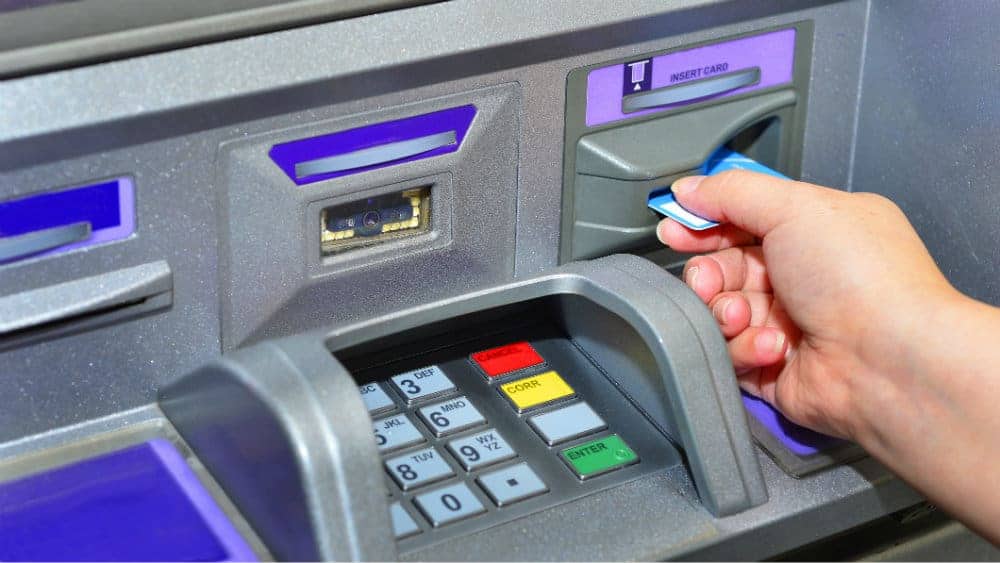Each and every month, millions of Canadians get a little extra bonus added to their monthly income. The Canada Child Benefit (CCB) gives many Canadian families a little boost, depending on your income and how many children you have. That includes a large amount of millennials, who right now are settling down and having families of their own.
Now that COVID-19 is part of our lives, those payments increased back in May. If you received CCB, you likely saw an addition of $300 per child added on as a one-time payment. While that cash is sorely needed during the pandemic, there is a huge mistake many millennials are making right now.
Invest is best
Here’s the problem. Millennials are fantastic savers. Most millennials have at least some savings put aside, with the average millennial stashing about $25,000 for a rainy day. However, that rainy day money isn’t making a thing. While most have savings, about half invest those savings.
So that’s the one big mistake, but it’s not the huge mistake many are making. Millennial parents are receiving cash each and every month from the government — cash that isn’t a part of their pay cheque. Cash that, when you think about it, is pretty much free.
Sure you can get into the details about paying taxes and so therefore it isn’t free, but really… isn’t it? You’ve paid taxes, you’ve paid your bills, now you have the remainder of your income to put aside. What millennials should be seeing CCB payments as is money to invest.
A little can go far
Millennials have an opportunity, and the sooner you use it the better. By simply taking your CCB payments and using it as automated payments, you can create an enormous nest egg. If you put that money into a Tax-Free Savings Account (TFSA), those gains are being made tax free! So you’ve taken back the taxes you’ve paid by receiving CCB, and are now growing them without paying any taxes back!
Just how far can this go? Let’s look at the average salary of a millennial family’s income, and the average amount of children for an example. The calculation is quite simple. The average millennial makes about $44,000, so that’s a household income of $88,000. Millennials then have an average of two children in Canada.
If you have a household income of $88,000, there are plenty of calculators out there to tell you what you’ll receive. But I can tell you those benefits for this household come in at $1,217 per month. That’s a lot to put away into investing!
So what should you invest in?
If you’re new to investing, you can’t go wrong with a Canadian Big Six Bank. These banks are the first to come out of a downturn, and have remained relatively strong even during the financial crisis. Really, what you’re getting right now is a bargain.
Of those banks, I would choose Royal Bank of Canada (TSX:RY)(NYSE:RY). The bank has a solid history of growth, including during the last major recession. It also has a strong dividend yield, and over a trillion dollars in assets to fall back on. Meanwhile, it continues to grow its business into emerging markets, while still remaining strong in cash-heavy sectors like wealth and commercial management.
If you were to reinvest that $1,217 into Royal Bank each month, reinvesting dividends as well, you’ll be solid by the time those benefits are up when the kids are 17. Let’s say you have 15 years of those benefits ahead of you. By that time, you would have turned that initial payment into $536,864.99!









